They will kill you to save the brain: explain the scientific language of design Nectome
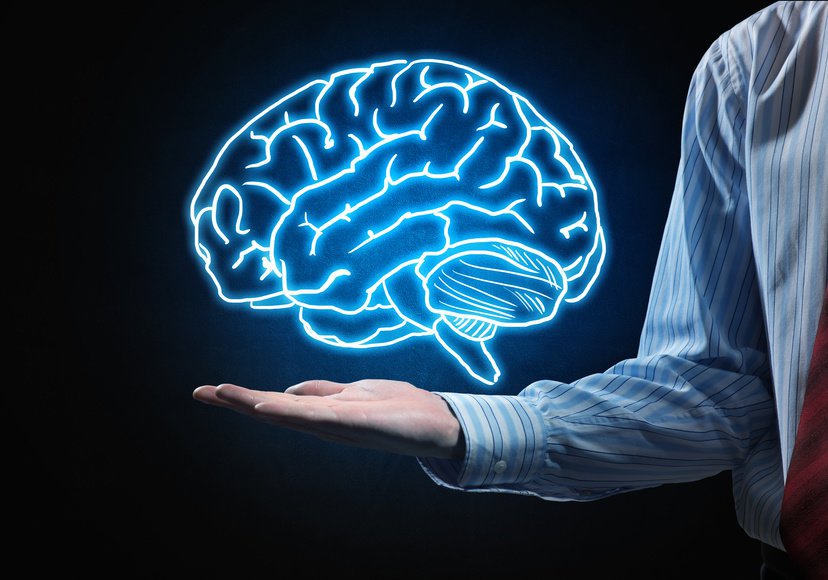 Source:
Source:Recently we stumbled . Don't hear every day. The startup, created with the support of the Massachusetts Institute of technology, $ 10,000 will retain your brain at the level of synapses. Already in this century, as the company promises, will appear to neuroscientists, able to retrieve information stored in these synapses, to upload it to a supercomputer, to restart your memories and "to back up your mind". But there is one thing: technology will only work if you're still alive. To preserve the connectome of your brain – a complex network of connections of all brain synapses – they'll have to kill you. Sounds crazy ridiculous or ridiculously crazy. And hard to believe. But we're adults, we are interested in the scientific side of the issue, not bare promises.
Not so long ago Nectome even showed his blue dream of the startup incubator Y Combinator, and... was in the list of desirable partners. And clients appeared almost instantly. It is easy to understand why: Nectome sells older, but very attractive the idea of uploading consciousness to the cloud.
Wait a skeptical roll of the eyes. The technique of preservation of the brain Nectome won the prize of $ 80,000 from the Foundation for the preservation of the brain (BPF) for the preservation of the pig brain. Now they have teamed up with one of the most prominent neurotechnologies Massachusetts Institute of technology (MIT), Dr. ed Boyden, to continue to work on the method is already together.
Previously, Boyden has developed amazing technology that physically enhances the brain tissue in 10-20 times. Combining the special sauce of cryopreservation Nectome with microscopy expansion of Boyden, a start-up can achieve amazing: save the entire human brain at the nanoscale, where each synapse can be seen in the electron microscope.
This idea not so long ago attracted a grant of $ 900,000 from the National institutes of health and more than $ 1 million funding.
Dr. Sebastian Seung once said, "I am my connectome". It is easy to imagine that your memories (and even yourself) can be extracted from well-preserved brain, and your mind will find a new life.
In Short, the brain in a VAT – this is not new. But what then?
theFrozen in time
Unlike cryogenics, Nectome does not store your head in vats of liquid nitrogen. On the contrary, he uses the method of the aldehyde-stabilized cryopreservation (ASC) to embalm the living brain prior to cryoprotection.
The Main purpose is not to preserve the "biological viability", say the team members of a startup, "and to support the delicate and highly structured form of the brain."
First published in Cryobiology in 2015, the ASC is a extremely unpleasant method: shipped in a state of complete anesthesia (sedation) in the body when the heart is artificially supported, gets rid of the blood, which is replaced with a chemical called glutaraldehyde. This retainer acts as a molecular cuffs, stitching together the proteins and stabilize their structure.
Keep in mind that this process numbs the brain. There is no way back.
But the goal is. A dead brain cannot run post-mortem biological processes that lead to decay. The retainer keeps the brain in the most natural state – neuroscientists often use it to process samples of the brain before looking at in the microscope.
After "commit" command Nectome uses an automatic pump to start the circulation system of blood flow, but with a cryoprotective solution. Then the brain surgeons removed and placed in storage for cooling to -135 degrees Celsius.
Thus, the "biological time would stop, allowing the brain to store a very long time", the scientists explain.
First tested on the brain of a rabbit and a pig, the technology worked great. After thawing, createsite washed away, providing a fully preserved brain to connectionscope analysis.
Now replace the rabbits and pigs people. That's what he wants to do Nectome to their customers.
thevaluable currency
According to MIT Technology Review, Nectome have already launched their fingers in the preservation of the human brain. This February, the team bought the brain of the recently deceased women and implemented the ASC in the morgue. The process took about six hours.
Despite the fact that the securities authority had been dead for two and a half hours, a woman's brain was "one of the best ever stored," says co-founder Nectome Robert McIntyre.
Let us for a moment digress and set aside the promise download consciousness. Integration of ASC with advanced microscopy has enormous scientific potential. According to MA Chao, Professor, Chinese Academy of medical Sciences, tissue treated ASC, can provide important information about the subcellular structures of the neuron.
"This information can be very important for the study of brain aging and degenerative disorders," he said in an interview.
Comparing the synaptic structure of a healthy brain and a brain with Alzheimer's disease, for example, scientists can obtain valuable data – which regions of the brain are affected the most, what structural pathology and so on.
theRecreated the mind
Not everyone agrees that ASC is any way to "archive reason".
Some of the arguments against technology. Despite billions of dollars and several large-scale programs of the brain mapping, one not (yet) able to capture the mammalian brain at the level of synapses – not even a mouse.
But the scale of mouse brain and a human are very different: in the human brain millions of neurons, each of which forms thousands of connections with others, forming trillions of synapses. Today, even the most advanced attempts to present such a picture can not cope with even one cubic millimeter of mouse brain.
Dr. Kenneth Hayworth, President of the Foundation for the preservation of the brain, does not see this as a problem. After 100 years, he says, we will have the technology of visualization of the whole brain. And speaking in support of the ASC as procedures for the end of life, he noted that since information content is stored, there is "at least a possibility in the future to restore the patient with very advanced technology."
Technological barriers aside. Perhaps more controversial idea is that your memories, thoughts and personality can be restored by examining only one structure.
A Living brain is, in the end, is constantly in motion. Neuroscientists often capture the fleeting process of neurons by inserting electrodes into the brain to catch electrical signals. Or use glow in the dark protein sensors for monitoring neural activity.
In Other words, like all biological processes, the idea is dynamic. It is impossible to recreate an entire human being using only the letters DNA, the expression of his DNA, based on the complex interactions between itself and its surroundings – that's what makes him human.
Similarly, it is possible that you will not be able to reconstruct the history of neural activity recorded in the stillness of the brain. You may not be able to remove any thoughts of a full map of the connectome.
Dr. Sam Gershman, scientist-a neuroscientist at Harvard University, calls the connectome "is functionally depleted source of information about brain function".
Think about it: the neuroscientists were full connectome of C. Elegans, the worm C. elegans, with the 1980-ies. I felt the creature before he died? What were his last thoughts? Despite the fact that the worm was only 7000 neural connections, so we did not know.
"only One synaptic structure provides only a static map," said MA. "However, factors that can affect memories and intelligence, much more. Freezing the brain at a particular point in time, we lose the temporal information about the brain."
In the end, it is unclear what you want to save to extract "you" from the massive confusion of neural connections in your head. Enough of the structure of the synapse? Do we need to capture the memory associated with proteins? How about non-neural cells, glia, which are involved in memory? Or would be more appropriate to model the strength of synapses in a living brain inside a computer to be able to "upload consciousness" after death (and before it too)?
Nectome there is a plan in this regard: by 2020, they plan to extract "bits of memory", from the saved mouse brain. In human brain they are still not even tried to do it.
theEthical nuances
Will the company fulfill its promise. But perhaps more worrying is the fact that Nectome plans to offer, in fact, not yet proven service for terminally ill people.
After consulting with lawyers who are well versed in the issue of euthanasia, the company decided that its service is completely legal. But even Hayworth thinks this should be approached with caution.
Any changes to the ASC method should be thoroughly tested on animals and considered the wider medical community before it will be offered as a medical procedure.
While the queue is already 25 persons, and this number will grow. In the end, the potential revival of let and small, but too tempting.
All ready? Think again.
..."We haven't even begun to interpret the recorded synapses from the point of view of memories from living people," says Dr. AI-Min Bao, Deputy Director of the School of medicine at the University of Zhejiang in China. "This is real science fiction. Promise too much."
Recommended
The coronavirus has mutated into 30 new strains
While coronavirus Apocalypse slowly but inevitably becomes routine, the virus SARS-CoV-2 continues to evolve. And, unfortunately, he was good at it. Writes , with reference to the South China Morning Post reports that new studies show that the virus ...
In the United States recognized that the ventilator dies 88% of patients with coronavirus
When the world is raging coronavirus that causes pneumonia and kills people, the only solution is intensive care. If this is not done, the victims will be very much. Today for severe patients there is only one solution — connected to the appara...
Can a transfusion of blood plasma to cure the coronavirus?
Typically, vaccination involves the introduction into the organism of the weakened or killed microorganisms (viruses) designed to create a strong immunity to possible future infectious diseases — that is, for selection of antibodies. But what i...
Related News
Nicotinamide ribozid can become the "anti-aging pill"
Scientists have long suspected that calorie restriction can eliminate the physiological signs of aging. Research on fruit flies, round worms, rodents and even humans EN masse have shown that reducing consumed calories by about a t...
The art of kirigami inspired scientists to create innovative patch
Kirigami is the Japanese art of making paper of different figurines and greeting cards using ordinary scissors. Who would have thought that it will inspire researchers from the Massachusetts Institute of technology for the creatio...
Freezing nerves will help you to overcome obesity
Excess weight in recent years has become a huge problem around the globe. But not always for his correction will help a normal diet. And then can help scientists who are developing new technologies to help people. For example, not...
Electrodes in the brain: is it possible to treat obesity?
Anna suffered from depression most of my adult life and have tried different methods of treatment of your condition. She was taking antidepressants, had therapy and even agreed to electroconvulsive therapy – when passed through th...
Artificial intelligence found 6,000 new viruses
Humanity, there are several thousand different viruses, and are regularly discovered new (including dangerous to humans). However, artificial intelligence was able to find as many as 6,000 previously unknown viruses. And he found ...
Scientists are developing a synthetic vaccine in tablets
Vaccination is one of the most effective methods to strengthen the immune system (as if the opponents tried to prove the opposite). However, the procedure of vaccination with the use of injections did not change over a century and...
The divers break the laws of science, and we don't understand how they do it
the Divers can dive at great depth under water (the current record is 214 meters) without breathing apparatus. Champions can hold his breath for a very long time, a record among women — nine minutes, among men — eleven. Scholars a...
Human stem cells are returned to the monkeys the ability to grab objects
stem cell Therapy is very appealing in its intuitive simplicity: you clean the damaged cells trigger instead a gang of healthy, sit back and wait until the body will not should repair itself. In the case of spinal cord injury the ...
Genetic engineering will bring sight to the blind people
today it is possible to correct almost any vision from nearsightedness and farsightedness to amblyopia. But what if the vision was gone completely? Russian scientists claim that the case is not hopeless and help to the person can ...
In "SKOLKOVO" developed the first domestic device to decode the genome
the genome project required not only for research and study of genetic mutations, but in so-called personalized medicine. Is a field of science focused on the prevention of pathological processes, diagnosis and treatment based on ...
Chinese scientists have developed nanorobots that could fight cancer
Scientists from the China center of nanoscience and technology say they have managed to create and test the world's first Autonomous DNA nanorobots, capable of confronting malignant tumors. Each nanorobot is very small and cannot ...
Scientists are questioning the existing classification of diabetes mellitus
diabetes mellitus is one of the most common and almost incurable diseases today. And as you know, doctors have identified 2 types of this condition. However, according to a recent study conducted by scientists from the Swedish Lun...
Tools CRISPR mastered three new tricks
CRISPR, gene editing superhero, become a bit more powerful. Last week in Science was published three studies in which leading laboratories from around the world presented the latest additions to this technique, converting editor g...
Scientists understand the "enzyme of immortality"
About the quest for immortality or at least prolong life written not one novel, not one shot film and conducted a lot of scientific works. But the fact is that the so-called immortality enzyme was found already long enough, but to...
Google teaches the neural network to predict the death of a person
Modern medicine aims to prevent and anticipate the development of serious life-threatening diseases. However, forces and human knowledge is often not enough to predict certain complications. To help doctors in the future may come ...
Russian scientists have developed "living" bandages
Despite the fact that the skin is the body having a sufficiently high capacity to regenerate, yet with a serious injury like burns or deep wounds, it can not recover completely. Therefore, in some cases, resort to transplant skin ...
Scientists from USA have developed a synthetic analogue eyes
the New invention presented scientists from the School of engineering and applied Sciences at Harvard University — they have created an artificial eye, working on the principle of human — RIA «news» citing Th...
We often wonder why some no problems in the 9 years experience in programming (like Elon Musk, who gave the computer it was in these years) and others in this time can barely remember the multiplication table. These and many other...
Organs for transplantation will grow... in sheep
without a doubt, one of the most serious diseases are those that so strongly affect the human organs that become unable to perform its function. Then you have to resort to transplantation. However, not every transplanted organ wil...
Scientists find unusual use of the editor CRISPR genome
All people interested in science probably already heard about the editor of the genome of CRISPR. It has repeatedly used for making changes in the genetic code in a number of other similar experiments. However, as will be reported...


















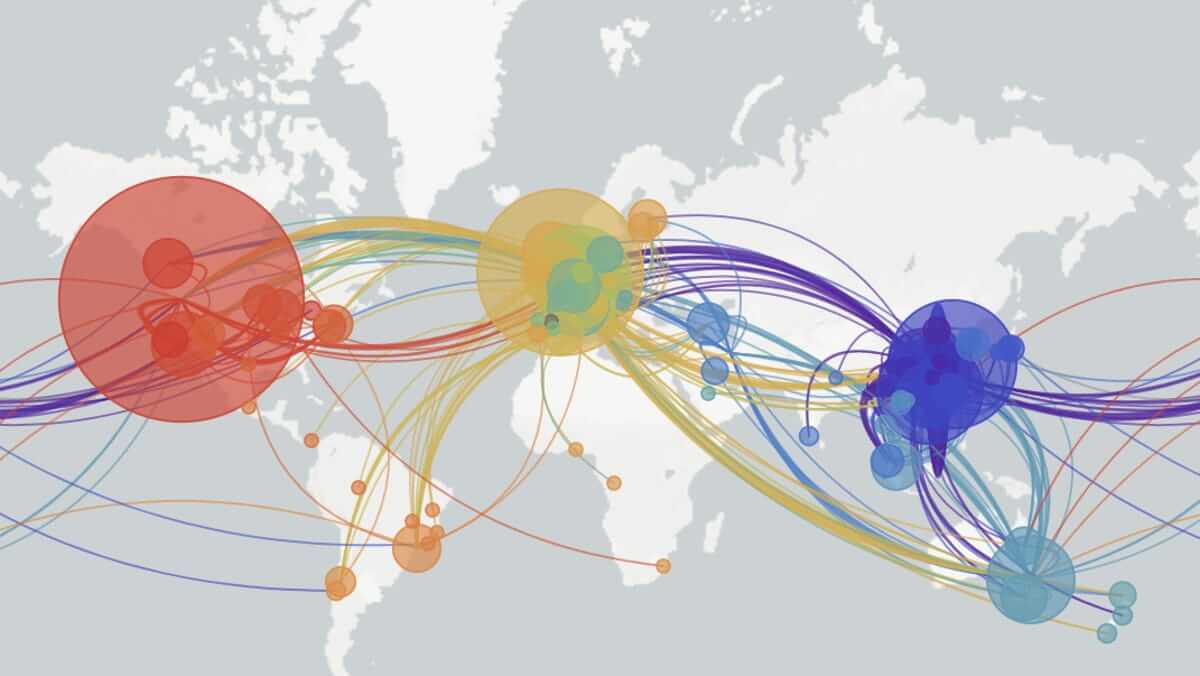
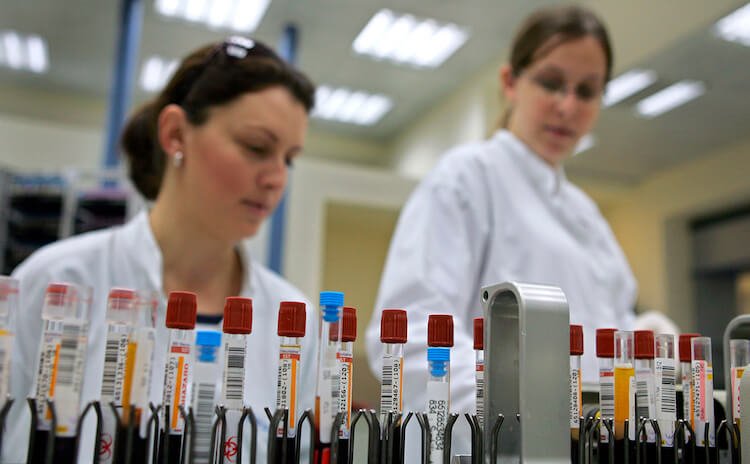
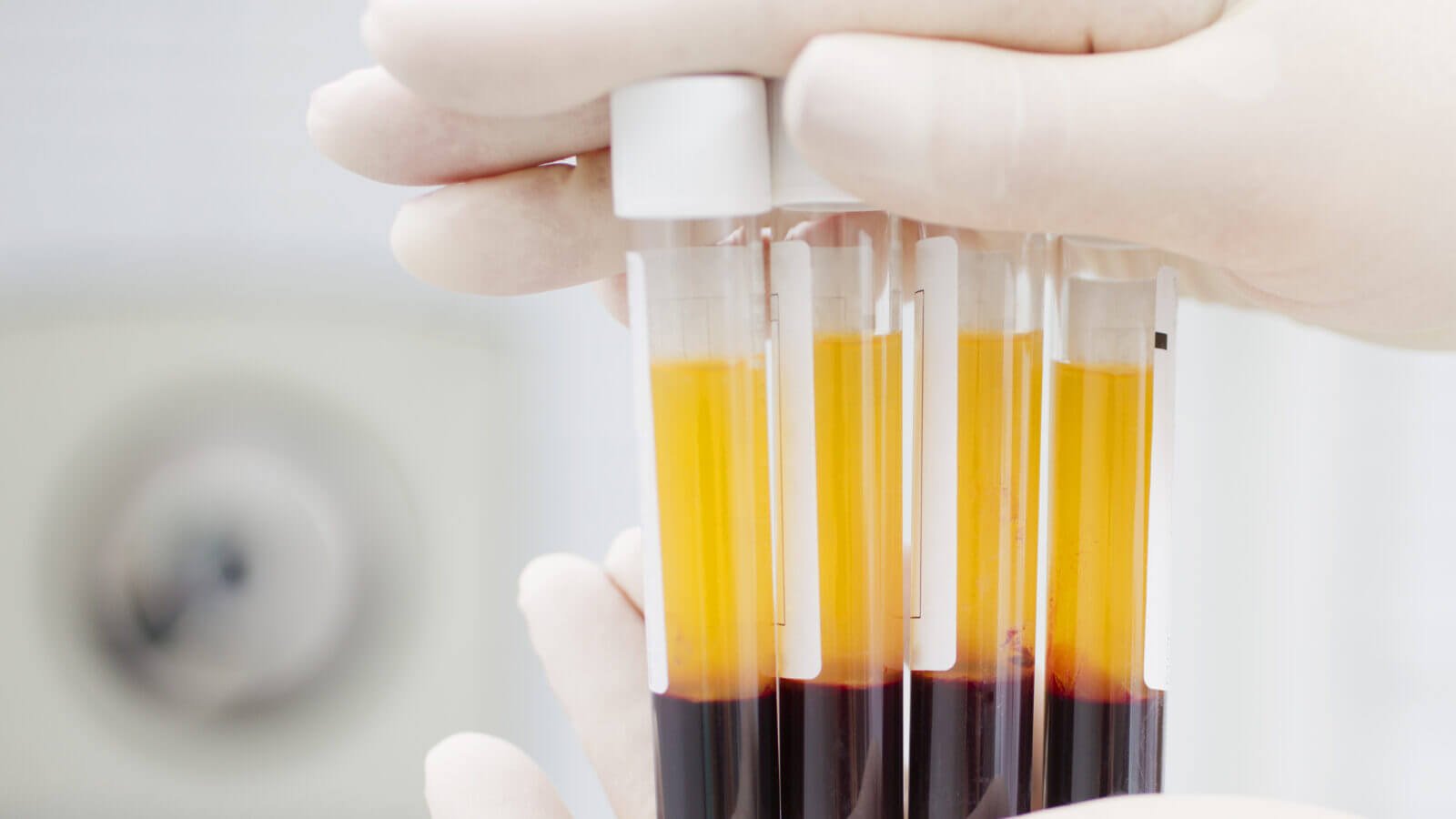
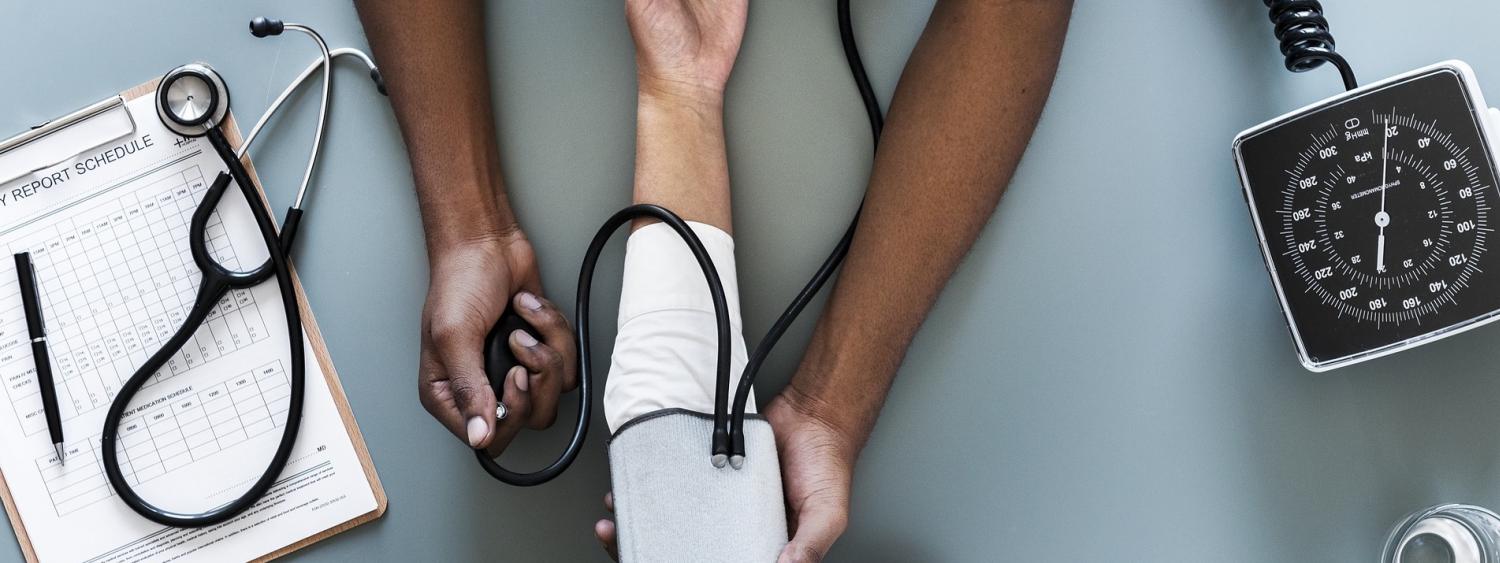
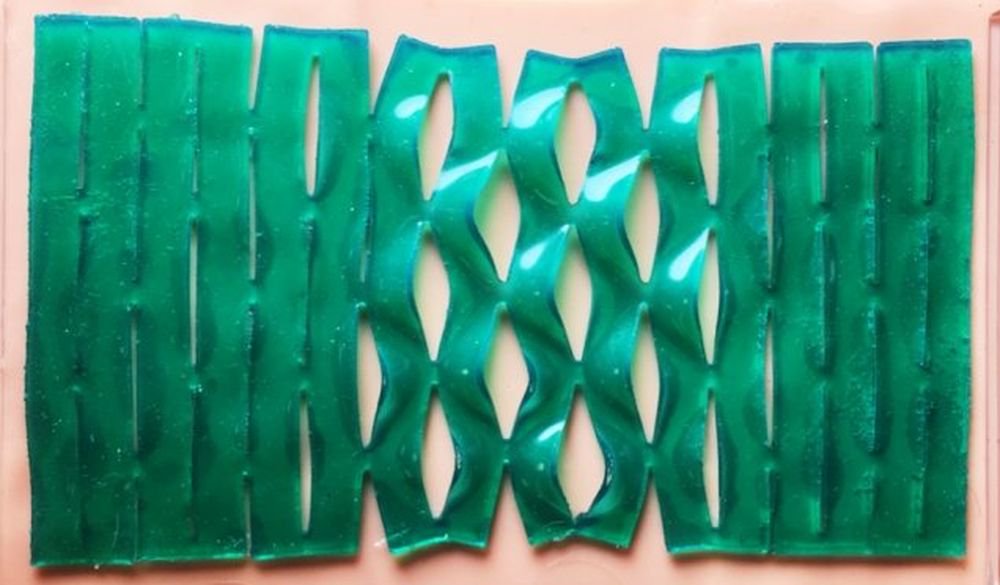
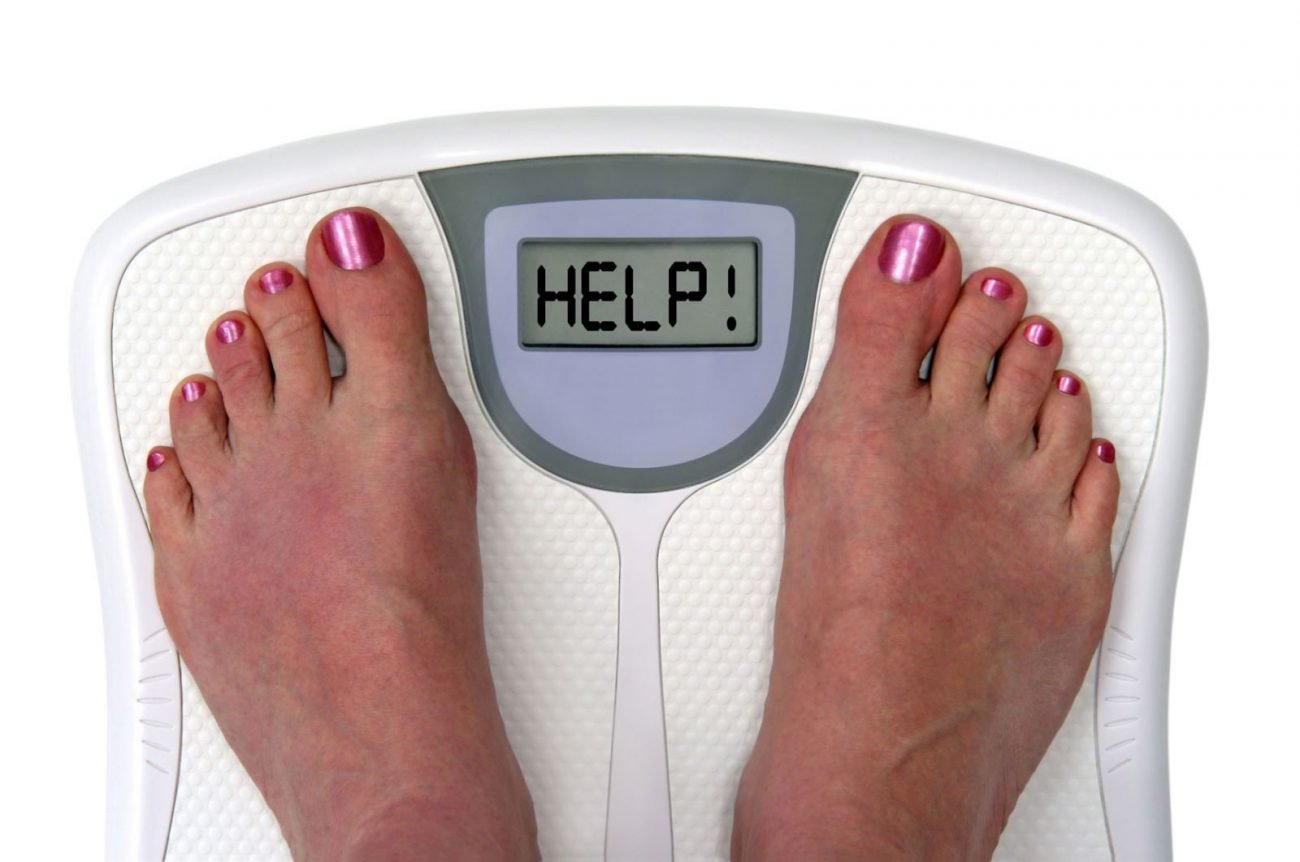
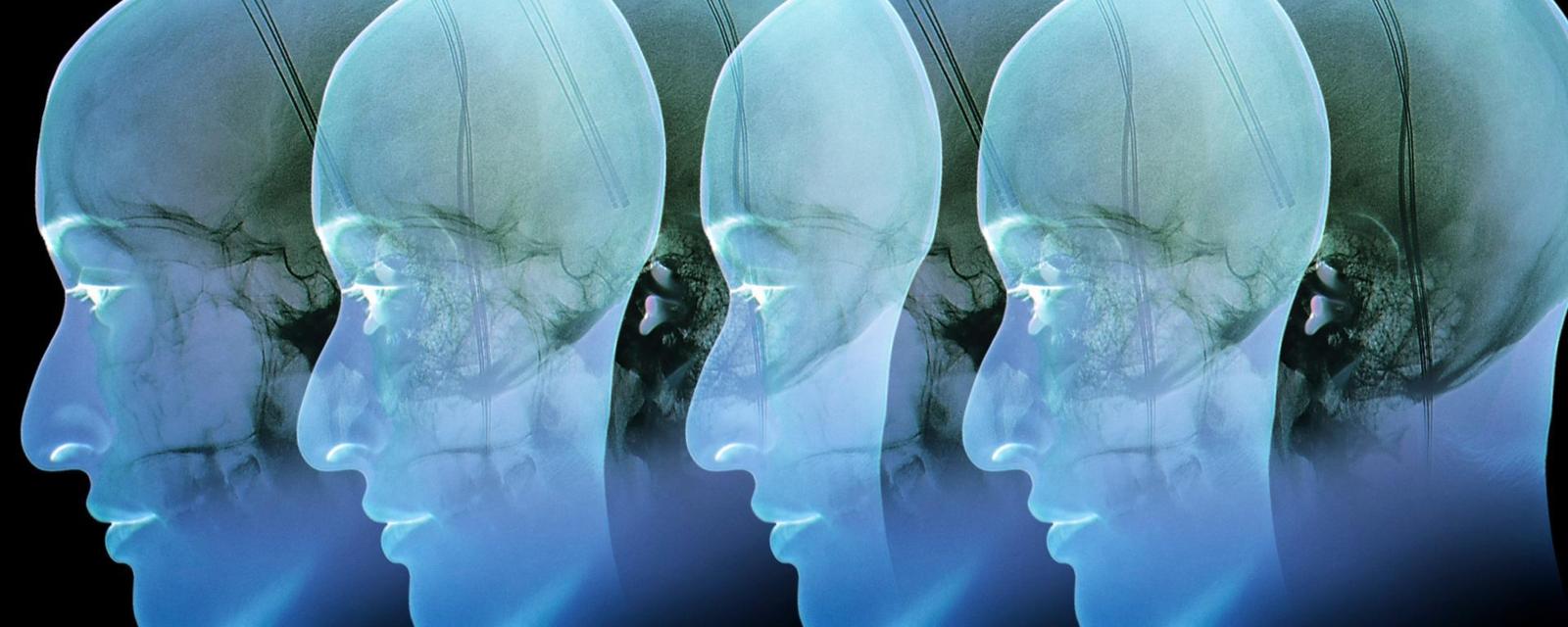
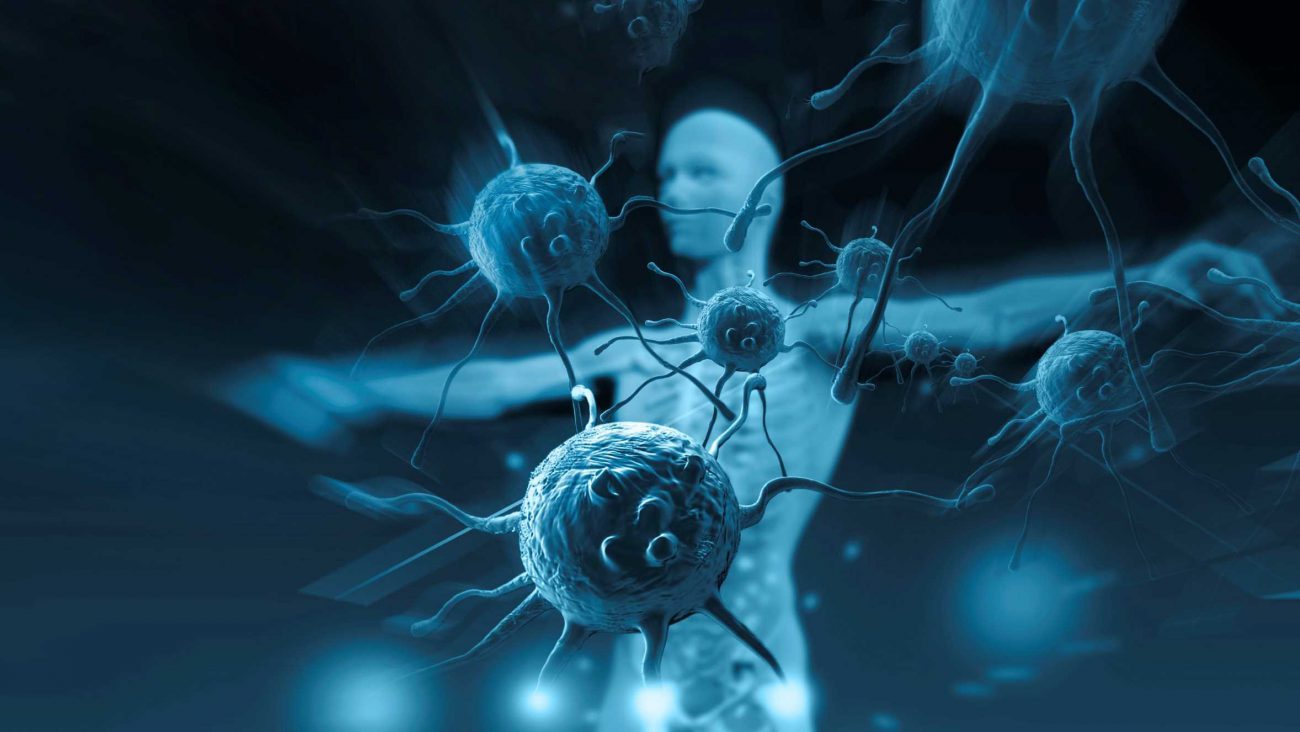
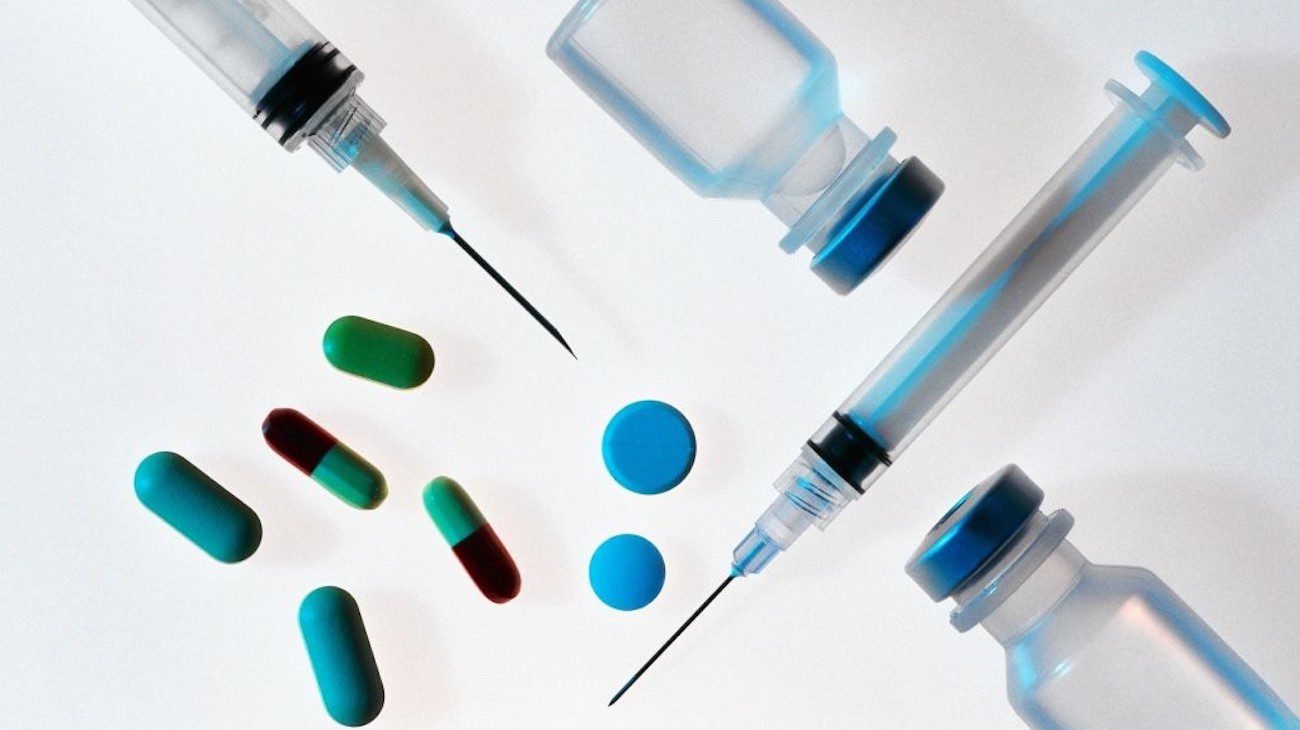


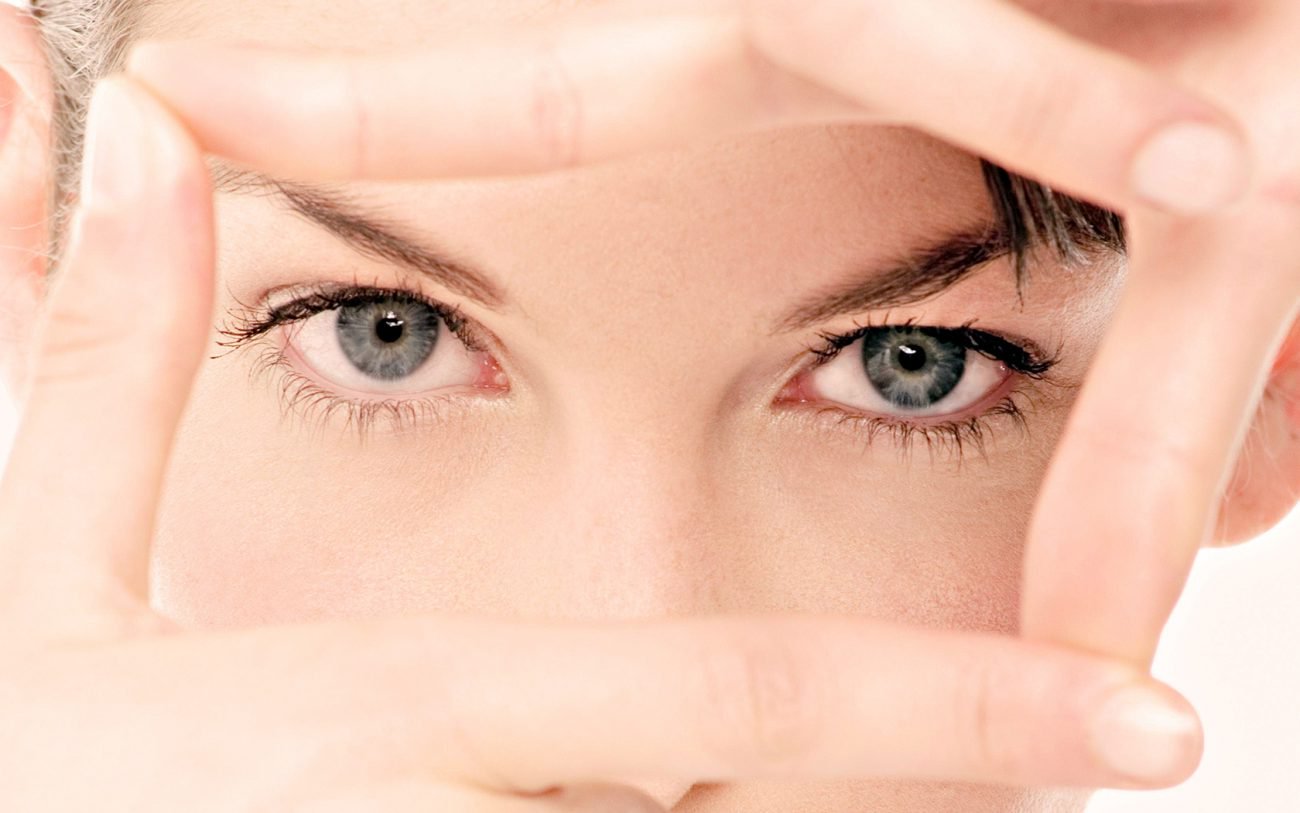
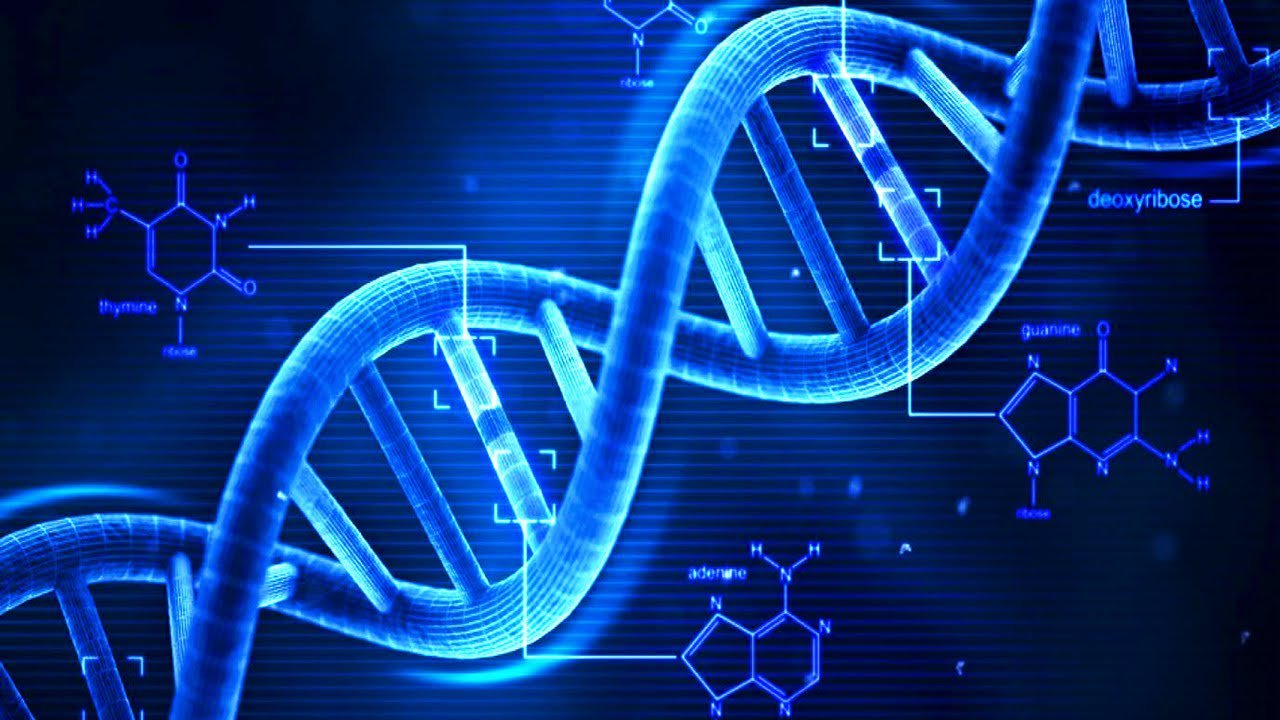
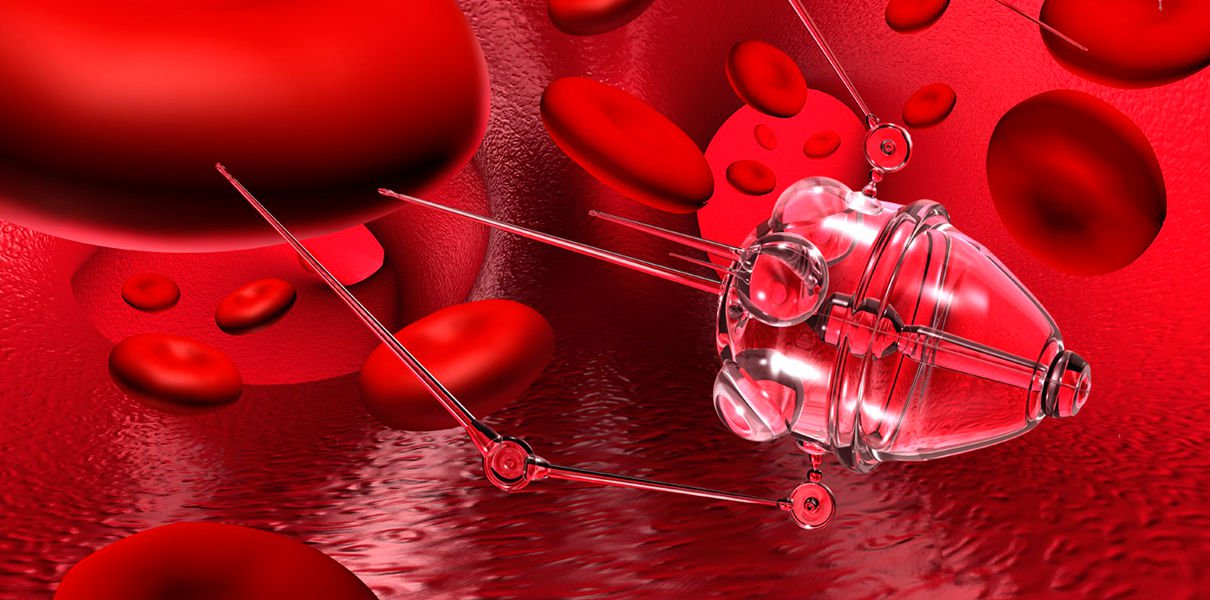
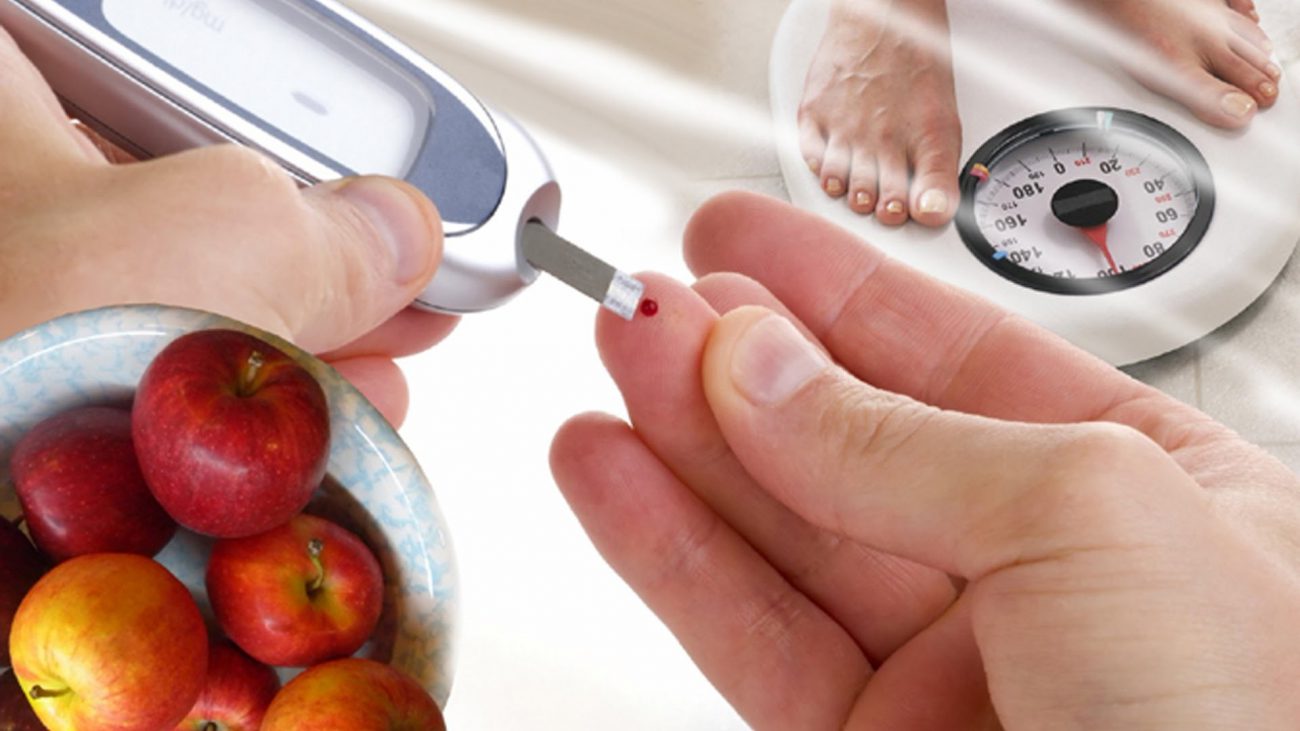
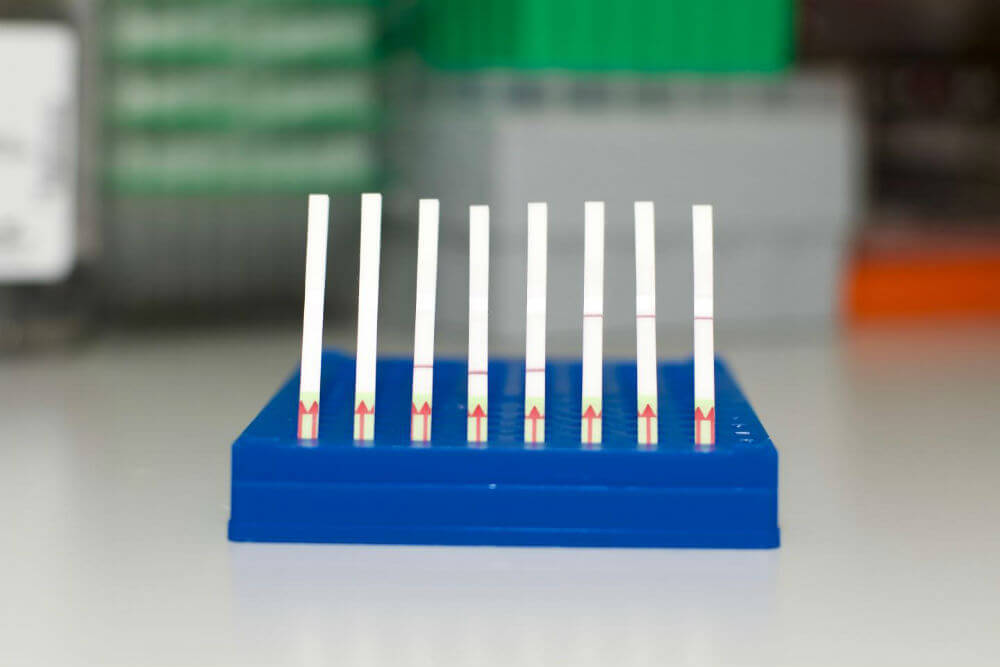
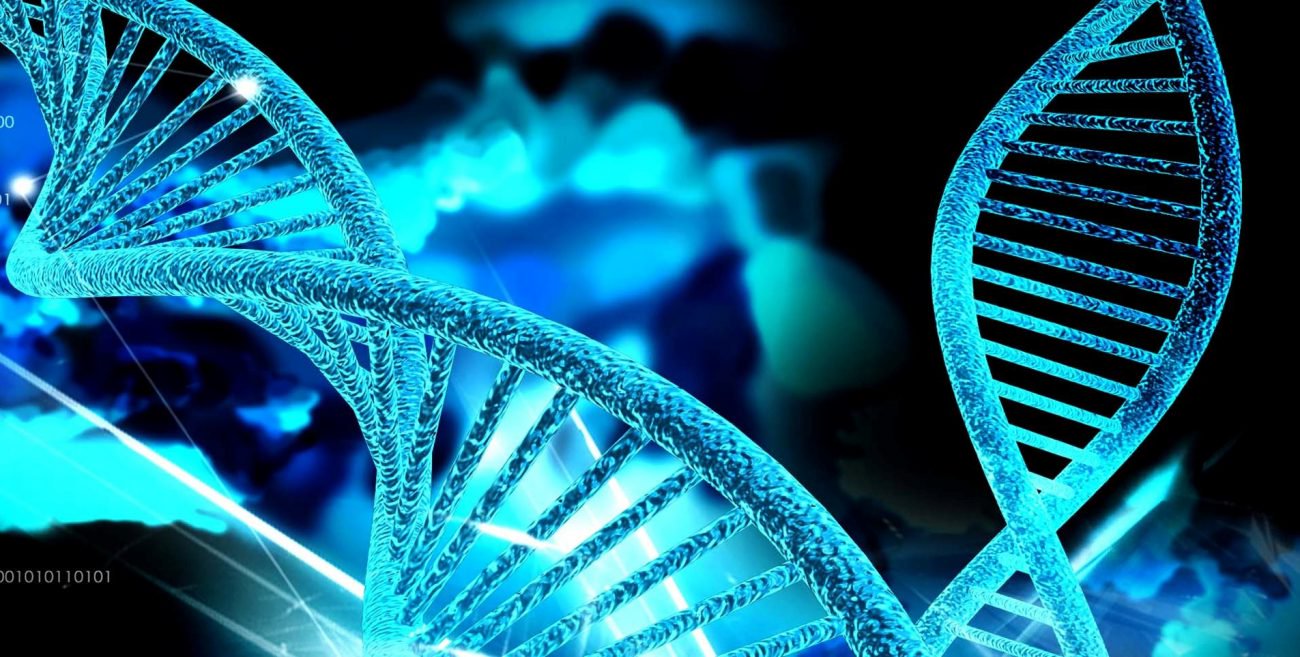
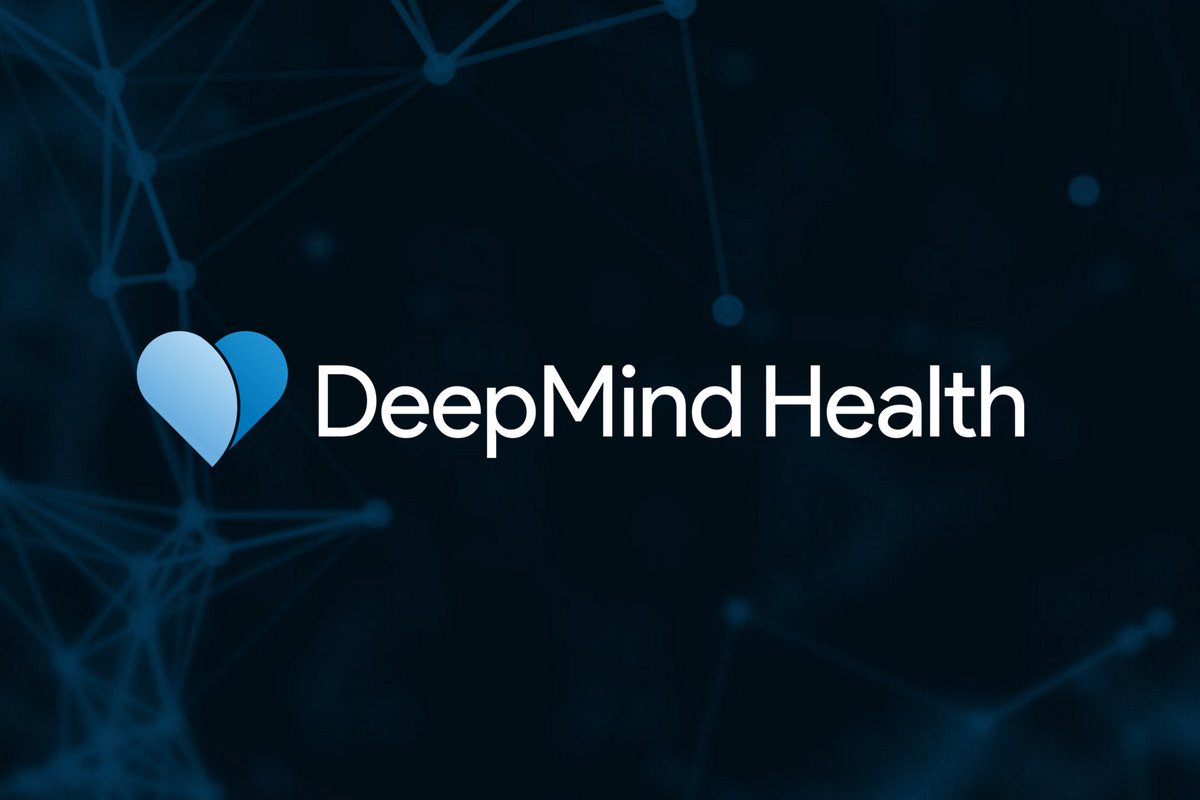

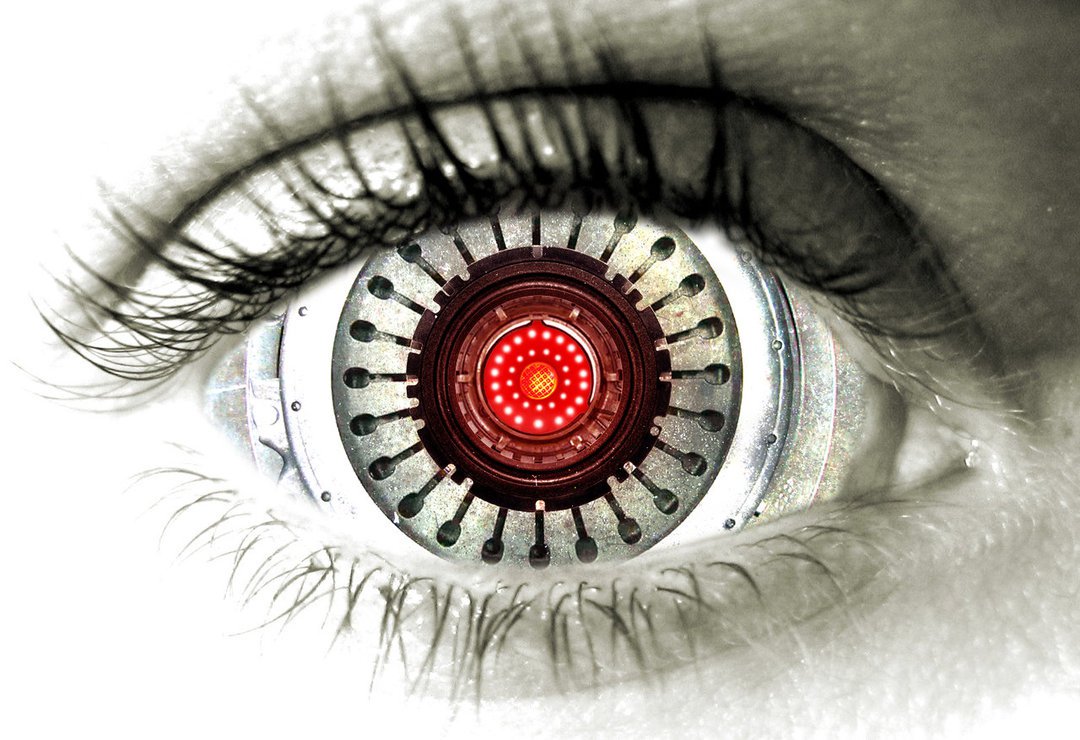
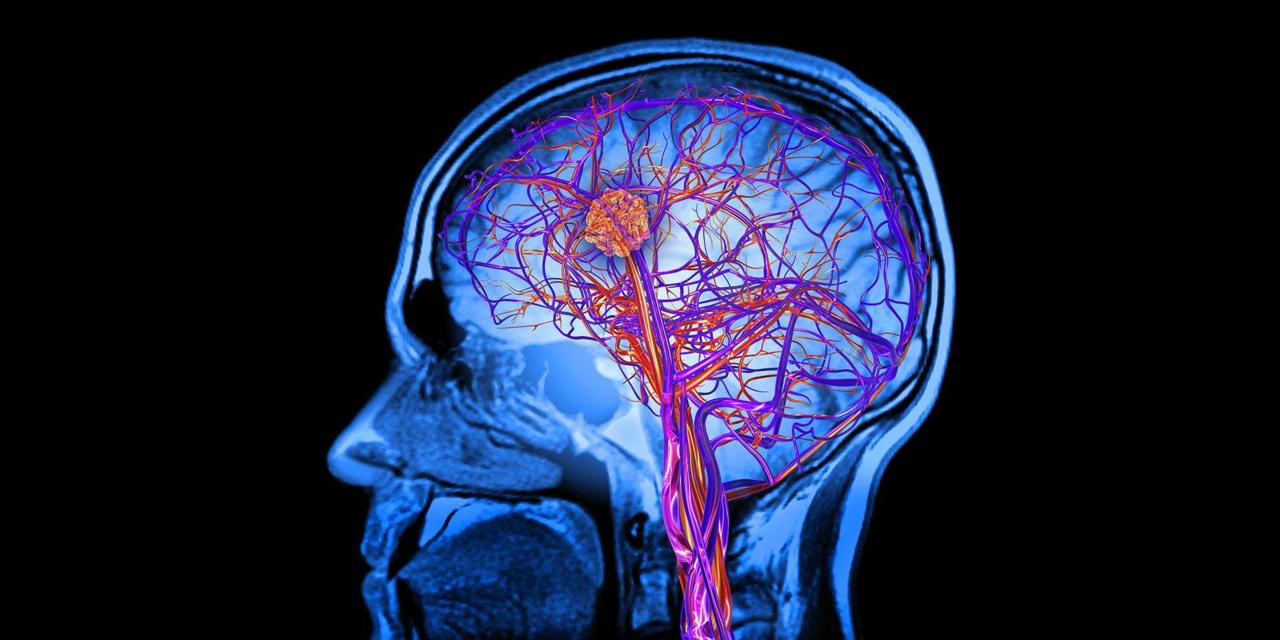

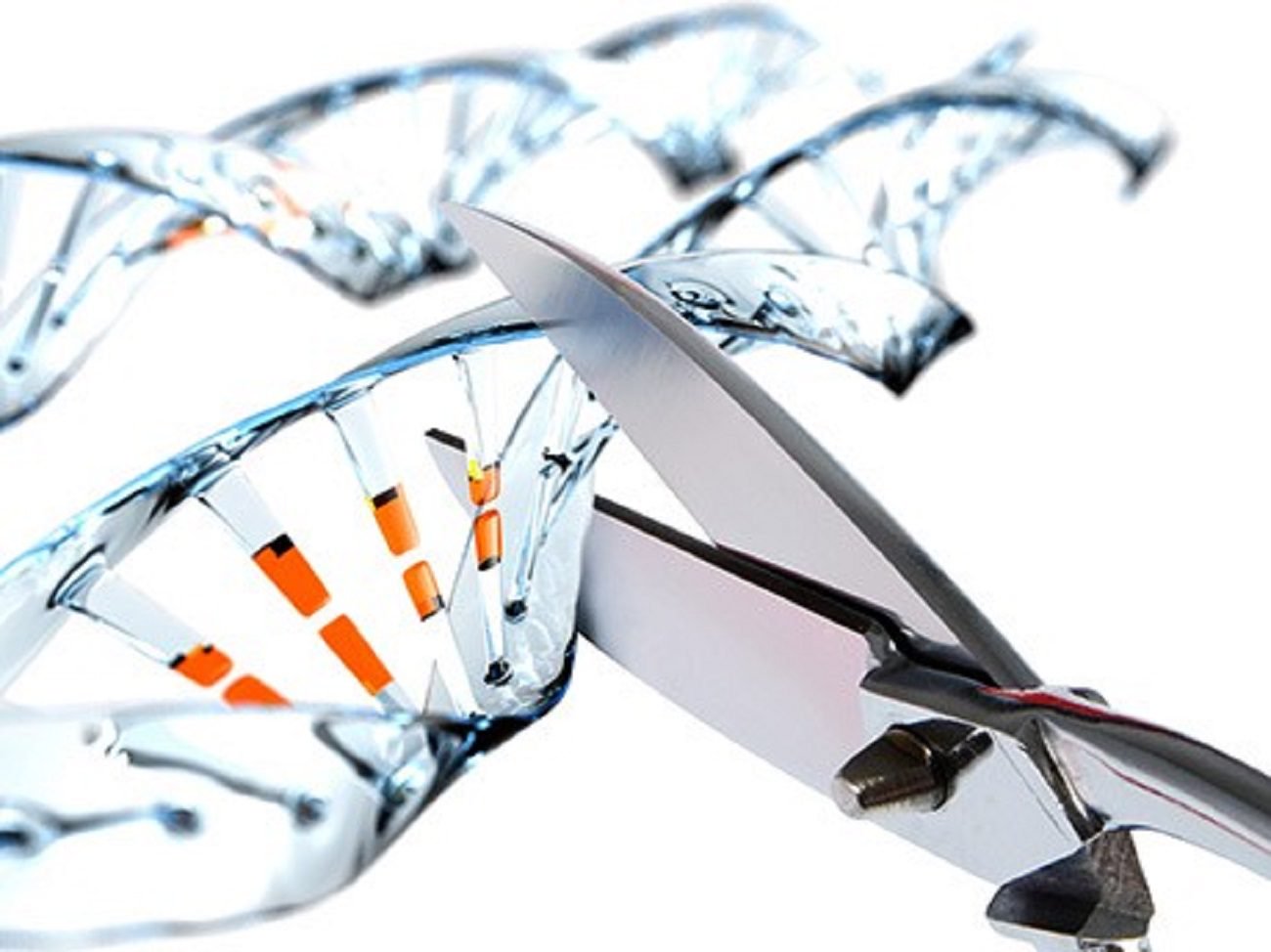
Comments (0)
This article has no comment, be the first!